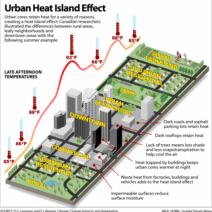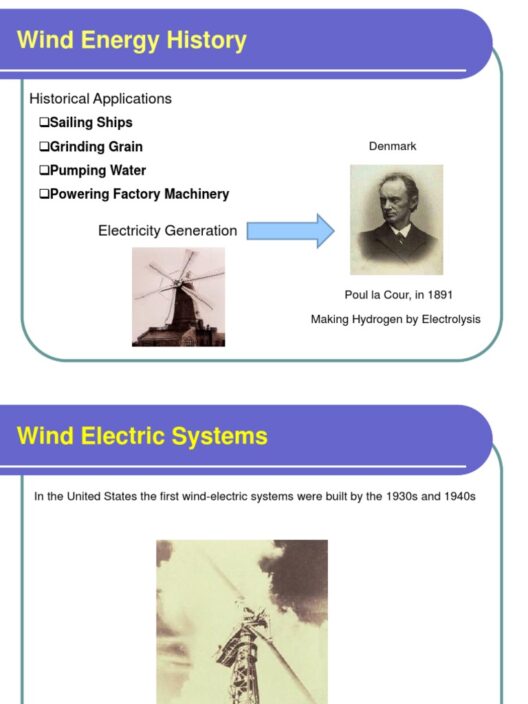In the grand theater of Earth’s climate system, ocean currents play a pivotal role, akin to the unseen threads of a masterful tapestry. These flowing rivers of saltwater forge connections across hemispheres, influencing weather patterns, tempering temperature, and shaping the environmental contours of our planet.
Understanding the mechanics and impacts of ocean currents necessitates an exploration into how these vast bodies of water act as circulation systems, redistributing heat and nutrients. They are not only carriers of warmth or chill; they are harbingers of change, wielding the power to alter ecosystems and human livelihoods alike.
As the sun beats down upon the Earth, it warms the surface waters of oceans differently depending on latitude. The equatorial regions bask in constant sunlight, while polar areas receive slants of illumination that yield colder temperatures. These temperature discrepancies are the genesis of ocean currents. Warm water is less dense and tends to rise, while cold water sinks, creating a dynamic interplay that drives currents like a grand orchestra of nature.
Once established, these currents form a global conveyor belt known as thermohaline circulation, an intricate network that can be likened to the bloodstream of the planet. Just as our circulatory system is vital for transporting oxygen and nutrients to sustain life, ocean currents are essential for distributing thermal energy and sustaining the myriad forms of aquatic life.
Equatorial Currents: The Warm Emissaries
Near the equator, warm currents ebb and flow like the pulsating heart of a tropical paradise. The warm waters of the Gulf Stream, for instance, journey across the Atlantic Ocean, invigorating the climate of Western Europe. Without the Gulf Stream’s embrace, regions like the British Isles would likely endure temperatures akin to those found in northern Canada, starkly altering the fabric of life and agriculture.
Moreover, these currents facilitate monsoons in South Asia, which are indispensable for replenishing groundwater and nourishment for crops. The intricate dance between warm and cold waters drives the atmospheric conditions necessary for these seasonal rains, ultimately shaping the economies and cultures within the affected regions.
Polar Currents: The Cold Guardians
Conversely, polar currents serve as the planet’s chill mitigators, ushering cold water down from the icy reaches toward the equator. The Antarctic Circumpolar Current is one of the mightiest, encircling the continent and forming a barrier that influences weather patterns not just in the Southern Hemisphere but also in the Northern Hemisphere. It is a frosty sentinel, controlling the influx of cold air and impacting the global climate.
As these cold currents mingle with warmer waters, they create upwelling regions rich in nutrients, heralding biodiversity hotspots that contribute significantly to global fish yields. Such ecosystems are vital, illustrating the interconnectedness of ocean currents and the food web, ultimately affecting millions of people reliant on fishing for sustenance.
El Niño and La Niña: Climate Disruptors
Yet, the ocean’s influence on climate is not merely a linear relationship of warm versus cold; it is a complex tapestry interwoven with phenomena like El Niño and La Niña. These climatic anomalies arise from fluctuations in ocean temperatures and currents, bringing with them extremes that can wreak havoc. El Niño, characterized by warm ocean temperatures in the central and eastern Pacific, fosters unprecedented weather patterns worldwide, from droughts in Australia to torrential rains in South America. The repercussions are far-reaching, often leading to devastating floods and agricultural failures.
In contrast, La Niña’s cooling of these same waters can herald the opposite effects, ushering dry conditions to some regions while inundating others. These oscillations serve as a reminder of nature’s dichotomy – the delicate balance maintained by ocean currents and their powerful, sometimes chaotic, impact on global climate.
Impact on Climate Feedback Loops
Ocean currents do not operate in isolation; their influence extends into a labyrinth of climate feedback loops. For instance, as ocean temperatures rise due to climate change, the wicked cycle of alteration intensifies, leading to changes in precipitation patterns, storm intensity, and even the frequency of hurricanes. The interaction between the ocean and atmosphere is a dance that is increasingly threatened by human activity, leading to concerns over ocean stratification, which could further exacerbate climate instability.
Tidal Forces and Beyond: The Larger Picture
While ocean currents are driven by thermal and salinity gradients, they are also influenced by tidal forces, the wind, and even the Earth’s rotation. Thus, a multitude of factors contributes to this intricate dance of water, underscoring the necessity for holistic understanding and interdisciplinary approaches to climate science. Investigating ocean currents can yield insights not just for meteorologists but also for policy-makers, conservationists, and anyone invested in sustainability and climate resilience.
The effects of ocean currents rippling through the globe illustrate not only their environmental significance but also the interconnectedness of all living beings. As custodians of this planet, understanding these currents should galvanize our commitment to protecting marine ecosystems. Promoting policy changes that mitigate climate change and reduce ocean pollution is imperative in preserving the health of our oceans and, subsequently, our climate.
In this intricate relationship between ocean currents and climate, we find a compelling narrative that speaks to the broader truths of interdependence and urgency. The fate of our atmosphere is enmeshed with the flow of these vast, unseen currents, reminding humanity of its role as steward of the planet’s delicate balance. Embracing this truth may be the key to navigating a future fraught with uncertainty and promise.







